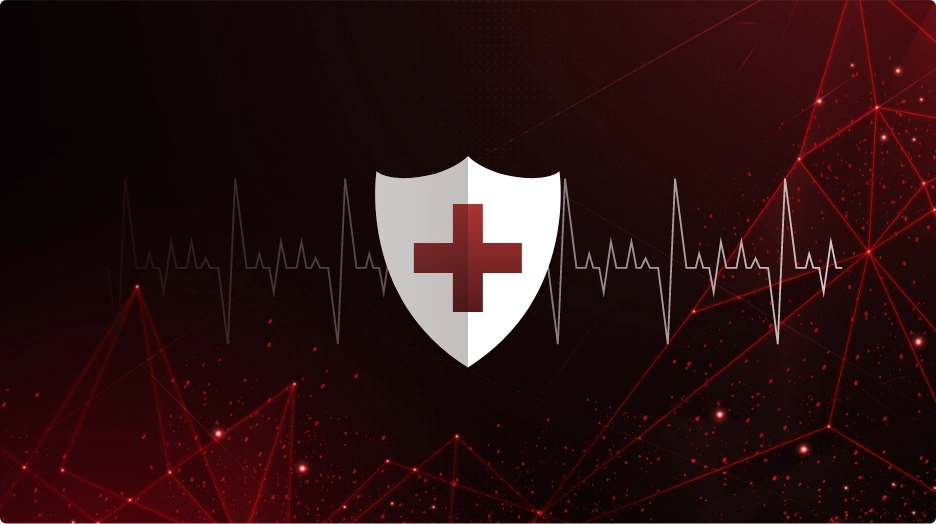Top InfoSec Innovator for SaaS Security Posture Management (SSPM)


CheckRed Editorial
In healthcare, compliance and security posture are two of the crucial components that play a vital role in safeguarding patient data, privacy, and overall security of hospital operations. Compliance entails adhering to legal and regulatory requirements, while security posture pertains to the overall security measures implemented to protect sensitive data. Both elements are fundamental in building patient trust and securing their personal information. Healthcare organizations that fail to comply with regulations or maintain a robust security posture face severe consequences, such as legal penalties, fines, and damage to reputation.

Compliance in healthcare is the process of taking proactive steps and measures that are aimed at preventing fraud, waste, or abuse in a healthcare organization. This is achieved by implementing a perpetual compliance program that ensures that ethical, professional, and legal standards are adhered to and communicated throughout the establishment. With the modernization of legacy systems, most healthcare organizations use SaaS applications and cloud-based systems. Compliance, including guidelines such as HIPAA, must be maintained across this environment.
Healthcare organizations face increasing security threats in protecting patient data, emphasizing the importance of a strong security posture. Security posture refers to the measures implemented to protect assets, including data, applications, and software. In healthcare, it means safeguarding patient data from damage, partial or complete loss, or unauthorized access.

Maintaining a strong security posture is vital for healthcare organizations as data breaches can lead to financial losses, legal action, and a loss of patient trust. Patients may also suffer identity theft or receive incorrect medical treatment due to compromised records.
To maintain a strong security posture, healthcare organizations should conduct regular security risk assessments, train employees on security protocols, implement strong access controls and password policies, and use encryption and other security measures to protect data.
Organizations should also stay up-to-date on the latest security threats and technology and have a plan in place for responding to security incidents. Adhering to these best practices ensures patient data remains safe and secure.
Compliance and security posture are two critical components of SaaS and cloud security in healthcare. The two concepts intersect because compliance requirements often dictate the security posture that healthcare organizations must maintain.
Compliance requirements provide a baseline for security measures, but they may not be sufficient to protect against all security risks and threats. A strong security posture can help fill gaps in compliance requirements and provide additional protection against data breaches.
For example, compliance requirements such as HIPAA, mandate that healthcare organizations implement certain security measures to protect patient data. A strong security posture can go beyond these requirements by implementing additional security measures such as multi-factor authentication and regular security risk assessments.
CheckRed offers a comprehensive SaaS and cloud security posture management platform to help healthcare organizations maintain a strong security posture while meeting compliance requirements. Contact CheckRed today to learn more about how we can help protect your healthcare organization and patients.
Dive into the future with our interactive demo
and explore the possibilities.
Related Posts